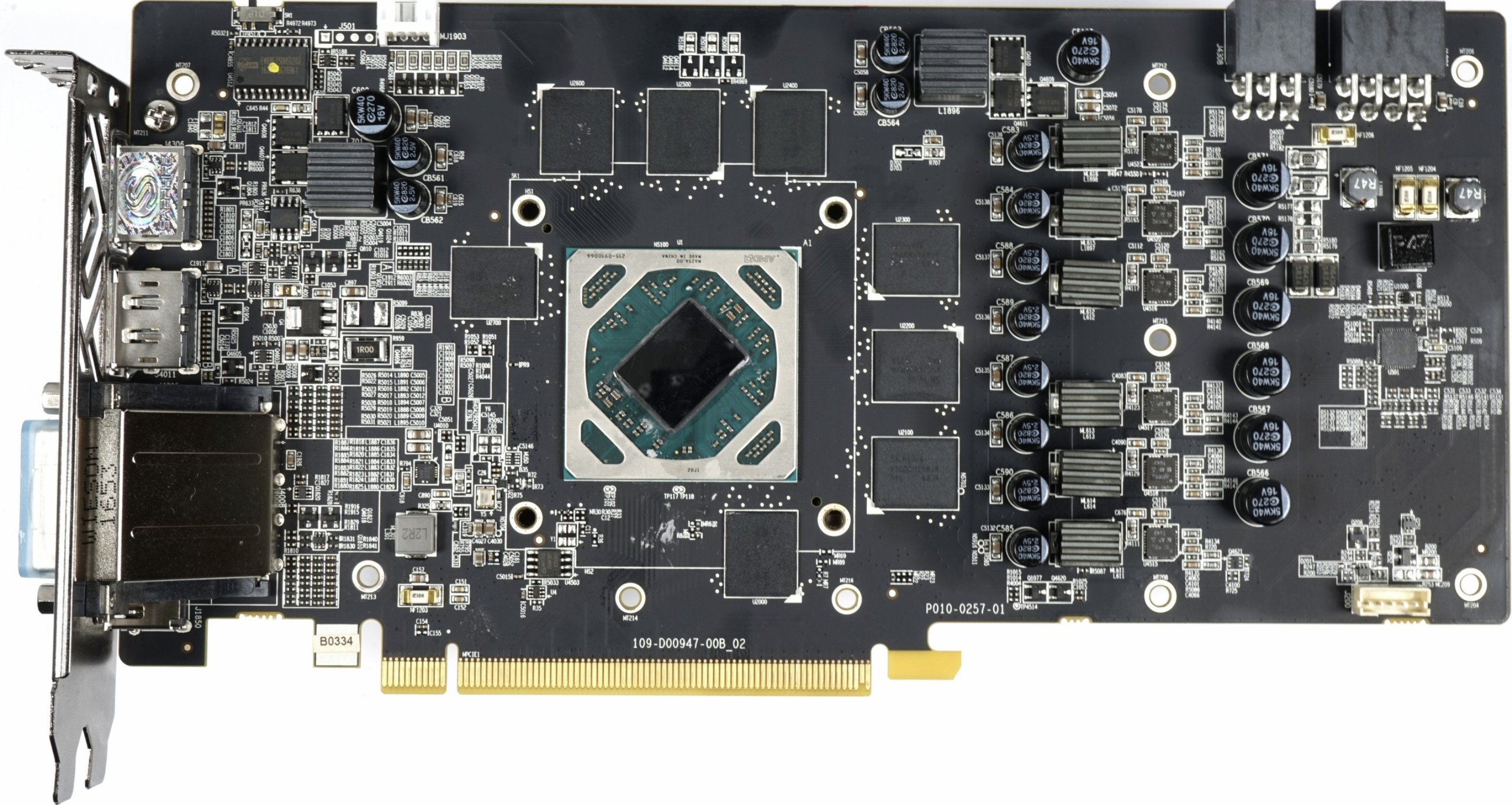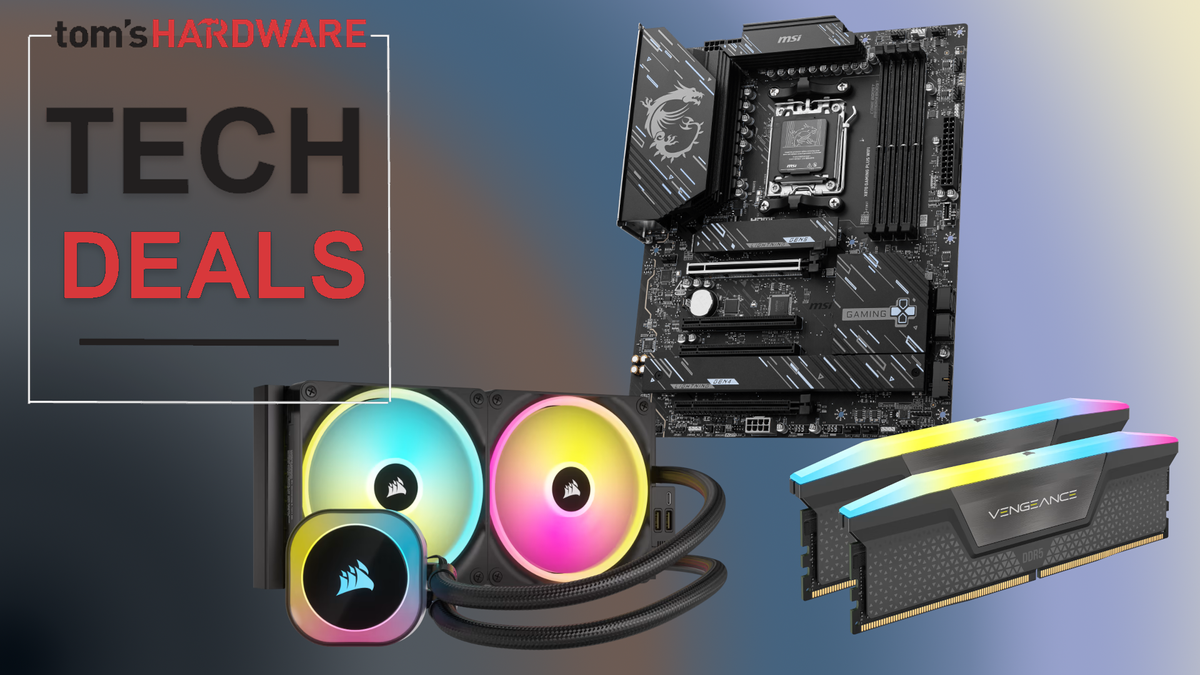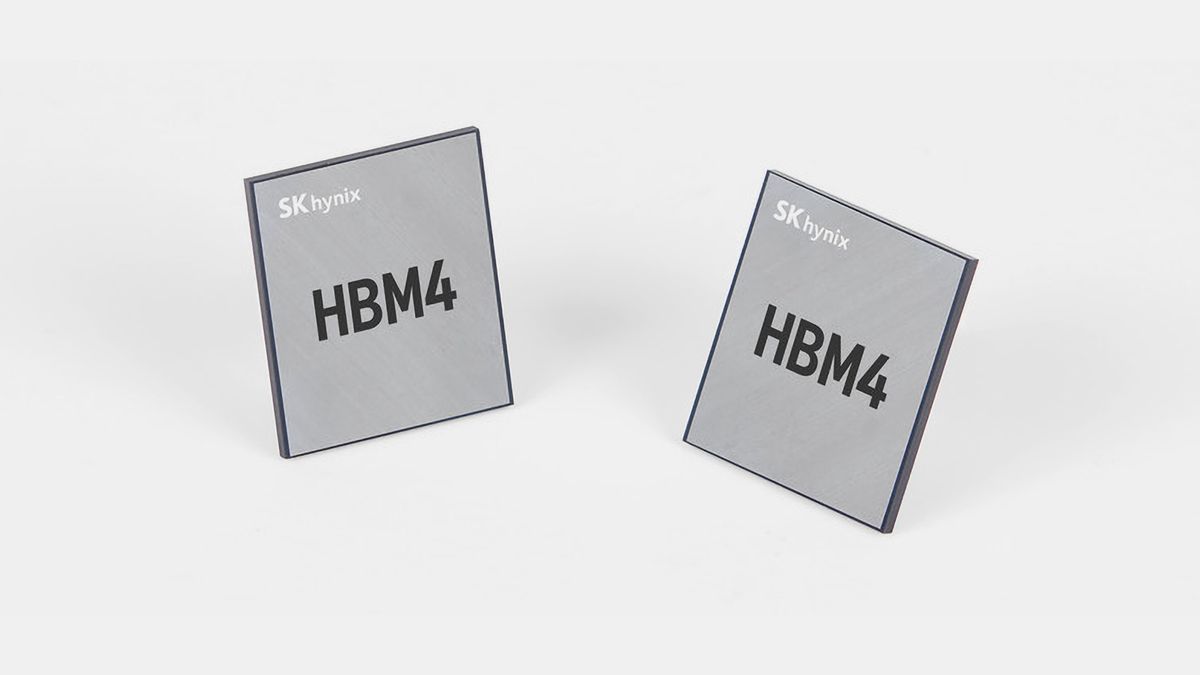Despite the rapid pace of GPU evolution and the hype around AI hardware, Linus Torvalds — the father of Linux — is still using a 2017-era AMD Radeon RX 580 as his main desktop GPU here in 2025. The Polaris-based graphics may be almost a decade old, but it’s aged remarkably well in Linux circles thanks to robust and mature open-source driver support. Torvalds' continued use of the RX 580, therefore, isn’t just boomer nostalgia. It's a statement of practicality, long-term support, and his disdain for unnecessary complexity.
Spotted by Phoronix, this revelation came during a bug report around AMD’s Display Stream Compression (DSC), which was causing black screen issues in Linux 6.17. Torvalds bisected the regression himself, eventually reverting a patch to maintain kernel progress. Ironically, DSC is what allows his Radeon RX 580 to comfortably drive his modern 5K ASUS ProArt monitor, a testament to how far open-source drivers have come.
“... same old boring Radeon RX 580,” Torvalds wrote in an email to the Linux Kernel Mailing List (LKML), reverting the patch for now so development can continue uninterrupted. That one line from the man himself speaks volumes about his preference for stability over novelty.

While the RX 580 would struggle with modern gaming or AI workloads, it’s more than sufficient for compiling kernels, especially when paired with Torvalds’ AMD Ryzen Threadripper system. Torvalds switched from Intel to Threadripper several years ago to speed up Linux kernel builds, a move that has since proven wise. Even today’s newly released Threadripper 9970X and 9980X are among the fastest CPUs for open-source developers, but his build system hasn't changed much, underscoring how little raw performance matters once you’ve hit “good enough” for your personal workloads.
Moreover, while Linus' desktop remains AMD-powered, he’s also back on an Intel laptop for travel and testing. This is following a brief stint using an Apple M1 MacBook after the arrival of Apple Silicon, which he then replaced with Ampere's ARM chip. He didn't reveal the exact model, but he confirmed it uses Intel’s integrated “i915” graphics. That shift away from Apple is also unsurprising, as Torvalds has historically had little patience for platforms that lock down hardware or complicate kernel development.
Many will remember the now-iconic 2012 Q&A session, where Torvalds famously gave Nvidia a middle finger, calling it “the single worst company we’ve ever dealt with.” While Nvidia has since opened up a bit—publishing portions of its driver source and improving support for open kernels—it’s clear that Torvalds still favors fully open hardware. AMD’s consistent upstream contributions and open driver stack have kept the red team in his good graces for years, and Polaris continues to benefit from that support today.
Follow Tom's Hardware on Google News to get our up-to-date news, analysis, and reviews in your feeds. Make sure to click the Follow button.

 4 months ago
54
4 months ago
54






 English (US) ·
English (US) ·